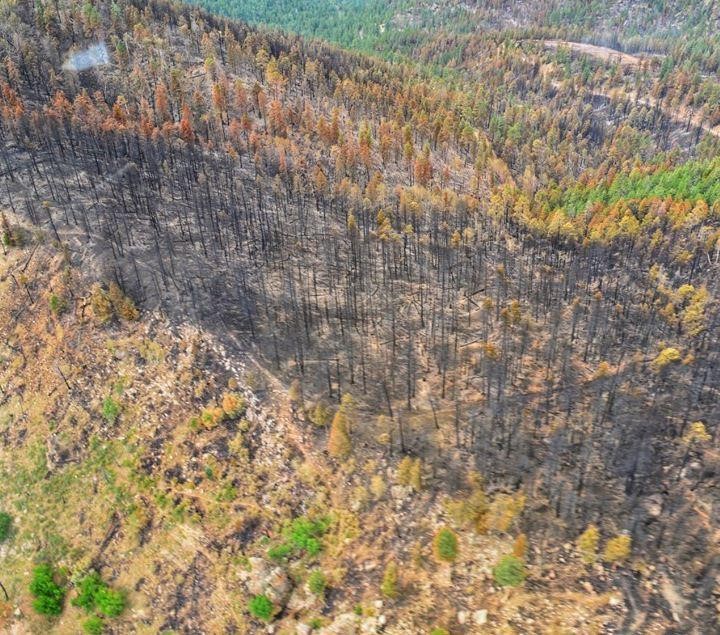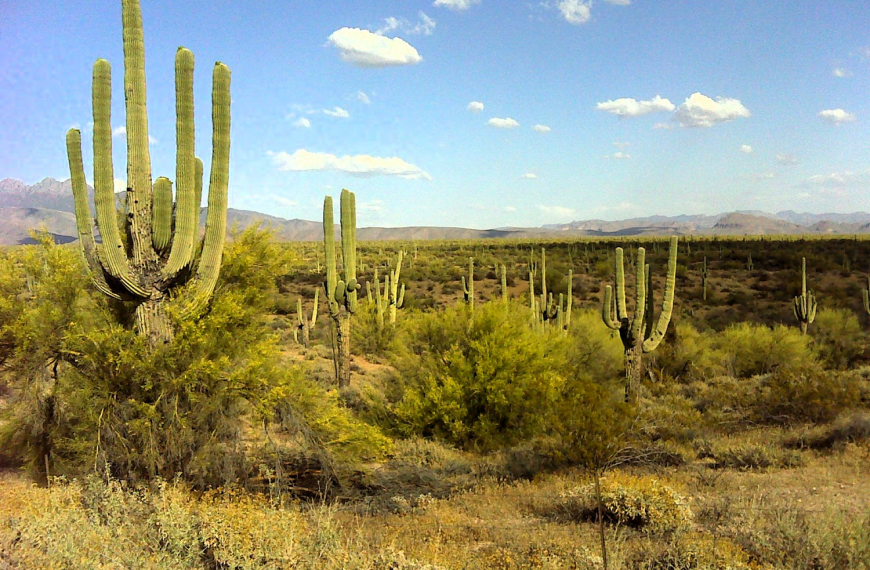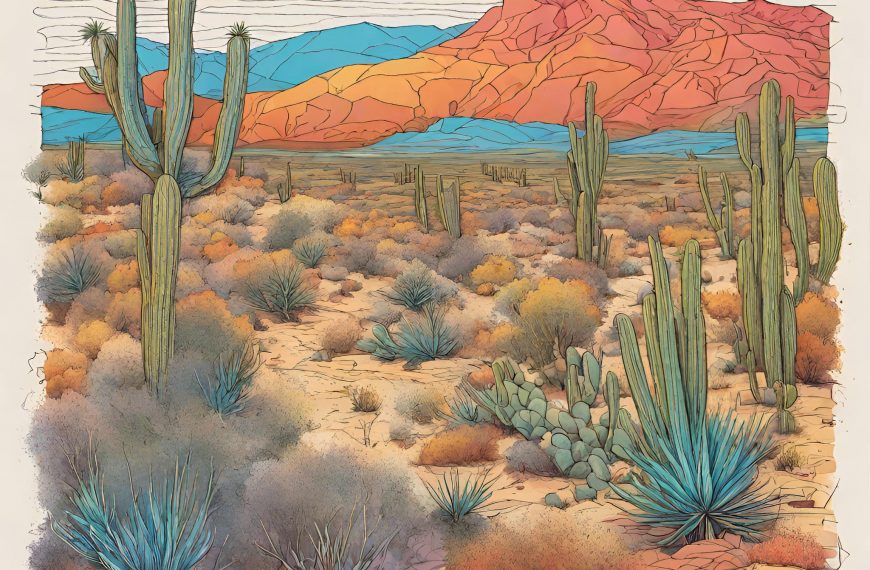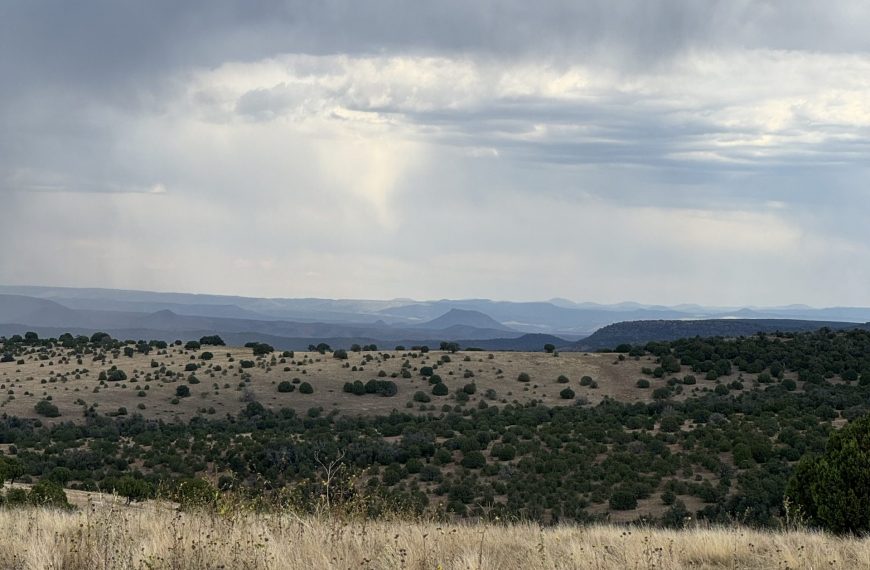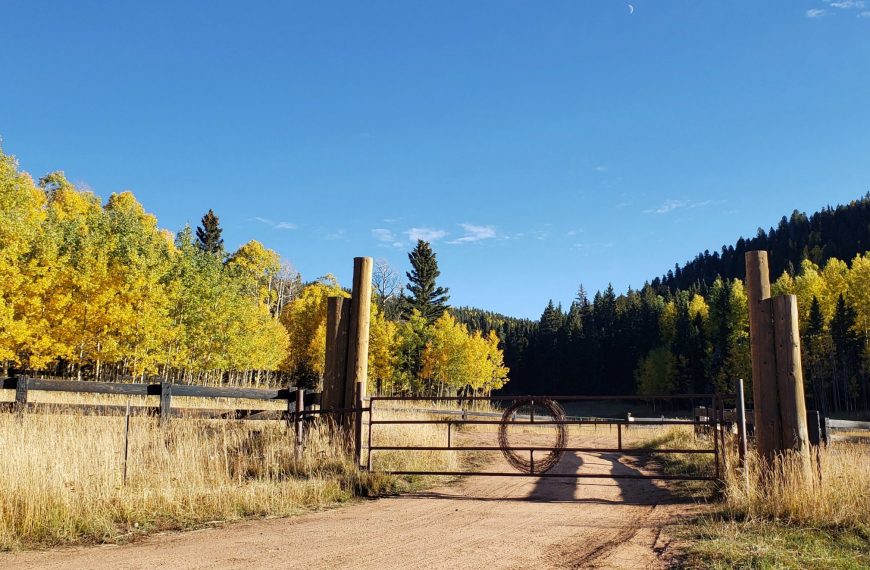Presenter: Jonathan Coop, Western Colorado University
Date: October 16, 2019 11am AZ/12pm MDT
In western North America, ponderosa pine and dry mixed-conifer forest types appear increasingly vulnerable to wildfire-catalyzed conversion to alternate and non-forest vegetation types. However, unburned or only lightly impacted forest stands that persist within burn mosaics—termed fire refugia—may sustain a range critical ecosystem processes, including serving as tree seed sources necessary for forest landscape recovery. In this presentation I will describe recent research on the important roles of fire refugia, highlighting in particular the capacity for refugia to support forest landscape recovery. We sampled tree regeneration in twelve different burns across the West, analyzed relationships between tree regeneration and refugia pattern, and developed a landscape simulation model of forest recovery. We found that regeneration by ponderosa pine and obligate-seeding mixed-conifer tree species assemblages was strongly and positively predicted by refugia proximity and density. Simulation models revealed that for any given proportion of the landscape occupied by refugia, small patches produced greater landscape recovery than large patches. These results highlight the disproportionate importance of small, isolated islands of surviving trees, which may not be detectable with coarse-scale satellite imagery. Implications and applications for land managers and conservation practitioners include strategies for the promotion and maintenance of fire refugia as components of resilient forest landscapes. View webinar recording here!

